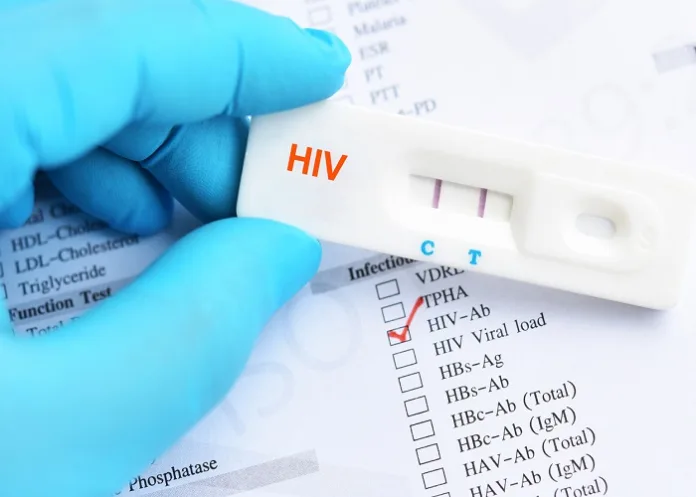For years, South Africa has used HIV Rapid Diagnostic Tests (finger prick – same-day testing), but the National Department of Health has now decided to align with the World Health Organisation’s recommendation of a three-test algorithm to ensure even more accuracy of test results.
There are several reasons why the country has stuck to the Rapid Diagnostic Tests: they are cheap, reliable, and can be used in any setting, with fewer requirements than blood collection.
Also, writes René Sparks for Spotlight, they provide same-day results to clients, meaning people can be started on treatment earlier if they test positive, and preventative services such as PrEP can be provided if they test negative.
During HIV testing, the healthcare worker follows a standardised step-by-step HIV testing algorithm process, guiding them to diagnose HIV negativity or positivity with the approved test kits. These kits change every three years, with the aid of the National Health Laboratory Service, which tests their quality and ability to accurately detect HIV positivity (referred to as specificity) and HIV negativity (referred to as sensitivity).
Since implementation, South Africa has adopted a serial algorithm, involving first offering people a finger prick test using a screening test with high specificity. This means the risk of a false negative is extremely low, and if the person tests negative no further test is required.
If, however, there is a reaction, people would be offered another finger prick test. This confirmatory test has higher sensitivity than the first and is less likely to yield false positives.
From two to three
Now, as South Africa approaches the amendment of our HIV Testing Policy, the Quality Improvement of HIV Rapid Testing Policy, and undertakes a new rapid test tender, the National Department of Health is opting for WHO’s recommendation of a three-test algorithm for better accuracy of test results.
With this change, probably from later this year, people will be offered an additional, second finger prick confirmatory test.
Why is this important?
UNAIDS has set targets referred to as the 95-95-95 Strategy, also part of SA’s National Strategic Plan for HIV, TB, and STIs 2023-2028. This means 95% of people living with HIV should know their status, 95% of those who know their status should be on treatment, and 95% of those on ARVs should be virally suppressed. This is a critical HIV prevention strategy to get to zero HIV infections by 2030.
Reaching ‘saturation’
The WHO recommends the three-test algorithm to ensure the accuracy of results as we reach ‘saturation’ (nearing the target of 95% of people living with HIV knowing their status).
Although the recommendation was made in 2019, South Africa did not meet the eligibility criteria to implement it as there was still a high yield (HIV positivity rate) at that time. However, a decrease is being seen in the test positivity, and experts say it is getting harder to find people living with HIV, so adding a second confirmatory test is an obvious way to add that additional specificity.
The two-test algorithm has served the country well to date, but it is in the public’s interest to recalibrate the testing algorithm.
How this will affect the health system
Some critical aspects will require immediate attention to mitigate risk and support a smooth transition from the existing testing algorithm to the new formula
The drafting and finalisation of roll-out and implementation plans for all the changes need to be shared before the launch of the HIV rapid test kits, HTS registers, HIV consent forms, and the policies and guidelines. This will require each province/district to agree to training and the cascading of these changes in a timely manner.
The HIV Rapid Diagnostic Test kit tender and job aids (a desktop guide for testers which includes the testing process, the HIV testing algorithm, and Health & Safety aspects of testing) need to be finalised as well, for seamless transition.
*Sparks is a Public Health Professional at SEAD consulting, a co-convenor at the School of Public Health, University of the Western Cape, a Senior Aspen New Voices Fellow, a Global Atlantic Fellow for Health Equity, and the Quote This Woman+ Voice of the Year 2023.
See more from MedicalBrief archives:
New WHO-UNAIDS HIV strategy not feasible for Sub-Saharan Africa?
HIV not over, warns UNAids South Africa director as infections spiral
Is it time for South Africa to invest in 4th generation HIV tests?

